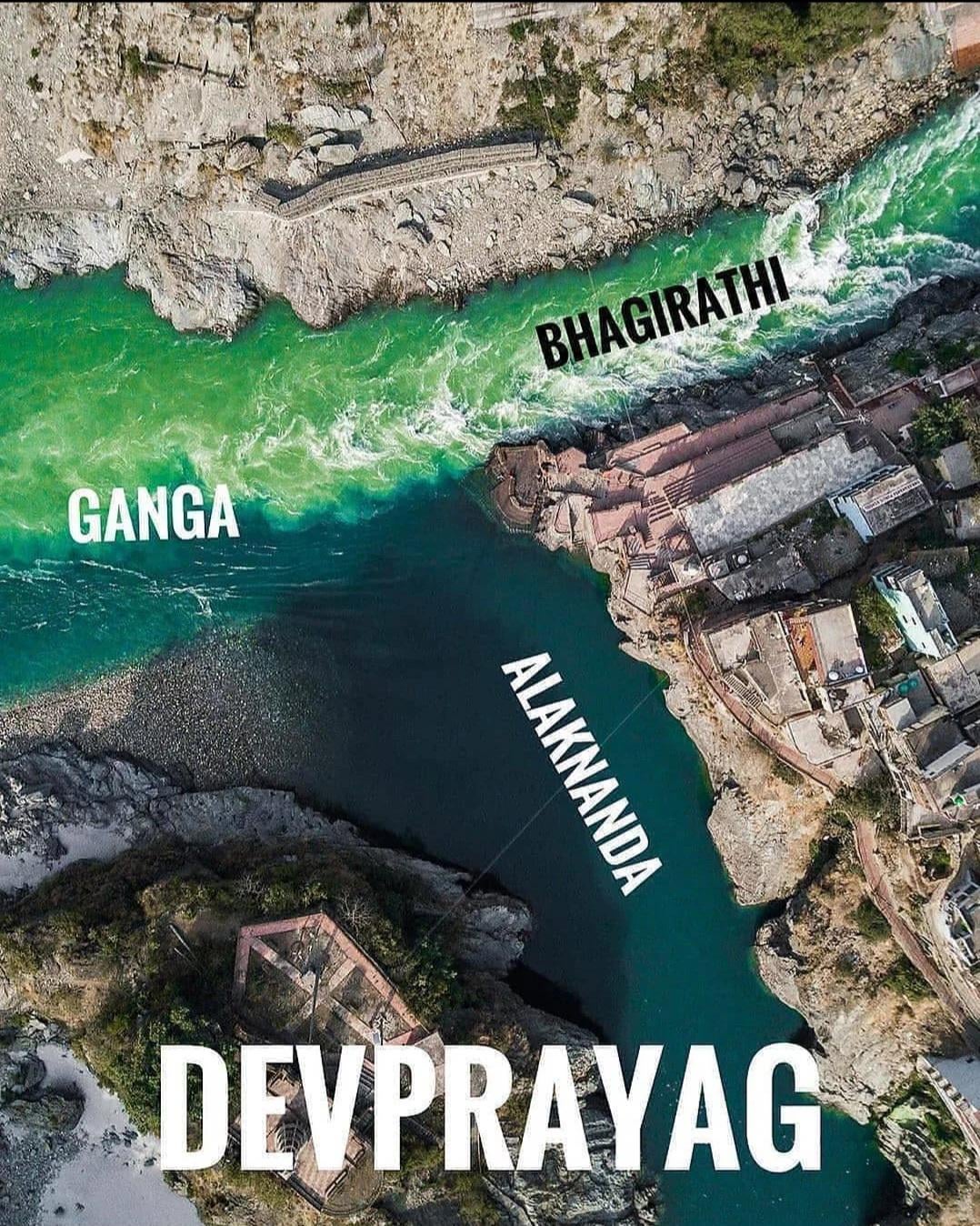[ad_1]

The Ganges River, considered one of the holiest rivers in Hinduism, is believed to originate from the Gangotri Glacier in the Indian Himalayas. The glacier is located in the Garhwal region of Uttarakhand and is considered the birthplace of the river, which is personified as the goddess Ganga.
The Gangotri Glacier is a popular pilgrimage site for Hindus who believe that bathing in the waters of the Ganges will cleanse them of their sins and lead to salvation. The confluence of the Bhagirathi and Alaknanda rivers at Devprayag marks the beginning of the Ganges River, which flows through the plains of India before emptying into the Bay of Bengal.
The Ganges holds a special significance for Hindus, who believe that the river’s waters possess purifying properties. People from all over India travel to the Ganga’s banks to perform various rituals and ceremonies, including bathing, offering prayers, and releasing the ashes of their deceased loved ones.
The Ganges is also a lifeline for millions of people who depend on its waters for drinking, agriculture, and other daily needs. However, pollution and over-extraction of water have threatened the health of the river, prompting conservation efforts and campaigns to protect its purity.
Overall, the Gangotri Glacier in the Himalayas is revered as the birthplace of the Ganges River, a sacred and life-giving waterway that holds immense cultural, religious, and environmental importance for the people of India.
